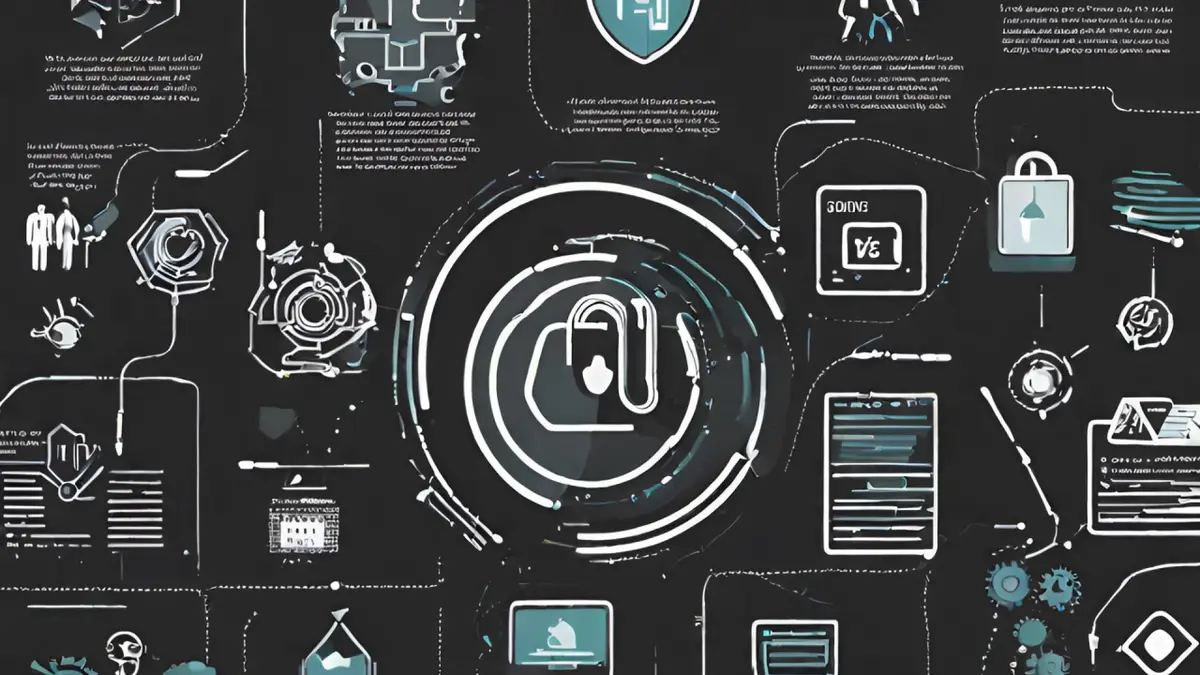If you don’t work in the sector, the concepts of cyber security and data protection may seem the same. However, even when they are related, there are differences between cyber security and data protection that you should know.
Both are essential to protect your information. The main differences are that cyber security shields systems and networks against external attacks whereas data protection focuses on personal data and confidential information. In this article we explore both to fully understand the differences.

Cyber security differences with data protection, what does it do?
Cyber security is a set of measures oriented to protect systems, networks and software against digital attacks. The threats usually come from hackers and malware. They seek to steal information, cause financial damage or interrupt essential services. The main pillars of cyber security are:
- Network security and protection for non authorized access and malware attacks.
- Apps security to check software design and updates to avoid vulnerabilities.
- Devices protection in order to guarantee that your mobile devices, computer and other devices work properly and have threat protection.
- Incident response to detect and act against real time attacks and minimize damages.
- Threat analysis for collecting information about possible threats and attacks.
To sum up, cyber security is the shield that prevents hackers to reach your system or device. It’s the basis for your own device correct performance.
Data protection
The differences between data protection and cyber security are clearer when we understand that data protection is the set of measures to save and conceal your vulnerable information. Name, social account number, address and other personal information are what you may not want others to learn. Data protection consists on the following techniques:
- Encryption. It turns your information into an illegible format that just those with the password can access.
- Access control. You can make restrictions for those who want to see or modify certain data.
- Security backups. A file that saves your most important and personal data.
- Regulatory compliance. It makes sure that companies follow regulations like RGPD in order to protect personal data.
The personal data measures protect your information not only from external attacks but also from internal and curious eyes.
The differences in cyber security and data protection easily explained
Even though both aspects are related to user protection, the approach is very different. The main features of the area attending these issues are:
- Reach. Cyber security protects systems, networks and devices in genera.
- Types of threats. While cyber security deals with external threats like malware or hackers, data protection focuses on external and internal mistakes alike.
- Tools they use. Cyber security uses firewalls, antivirus and intruder detection systems. Data protection encrypts, copies and enhances access policies.
- The main goal of each. Digital security stops hackers to access your systems, but data protection guarantees that the information is safe even if there’s an incident.
Why should you use both?
In digital spaces the risks are constantly evolving. Combining security and data protection is essential. An information leak may cause irreparable damage. The integration of both technologies is indispensable.


Do you have any questions or problems related to the topic of the article? We want to help you.
Leave a comment with your problem or question. We read and respond to all comments, although sometimes it may take a while due to the volume we receive. Additionally, if your question inspires the writing of an article, we will notify you by email when we publish it.
*We moderate comments to avoid spam.
Thank you for enrich our community with your participation!